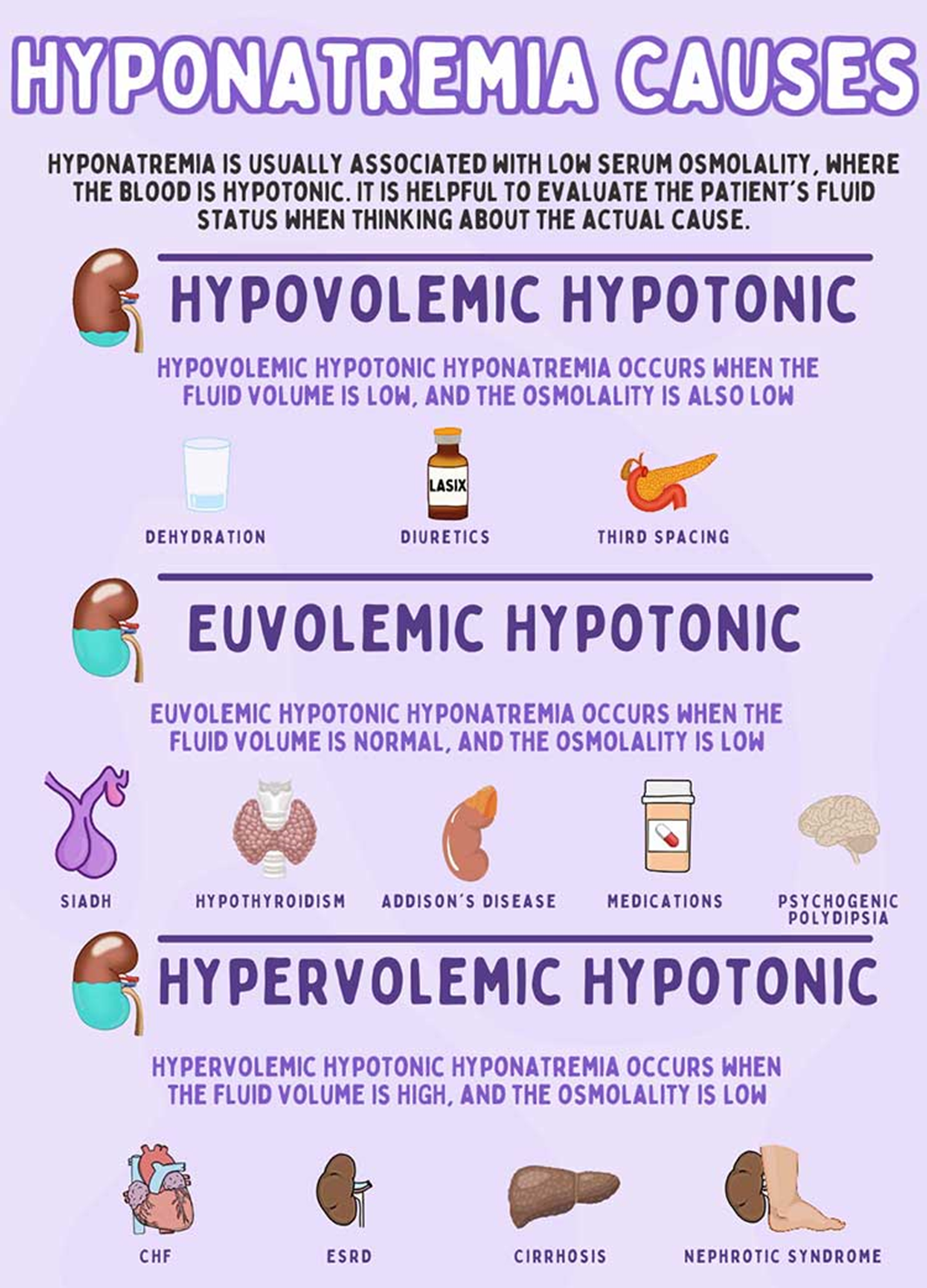Which of the following is the movement of a pure solvent (liquid) across a membrane?
Diffusion
Hydrostatic pressure
Osmosis
ATP
The Correct Answer is C
Choice A reason: This is incorrect because diffusion is the movement of solutes (dissolved substances) from an area of higher concentration to an area of lower concentration, until equilibrium is reached.
Choice B reason: This is incorrect because hydrostatic pressure is the force exerted by a fluid against a wall or a membrane. Hydrostatic pressure can drive the movement of fluid and solutes across a membrane, but it is not the movement itself.
Choice C reason: This is correct because osmosis is the movement of a pure solvent (liquid) across a semipermeable membrane from an area of lower solute concentration to an area of higher solute concentration, until equilibrium is reached.
Choice D reason: This is incorrect because ATP is not a movement, but a molecule. ATP stands for adenosine triphosphate, which is the main source of energy for cellular processes. ATP can provide energy for some types of transport across membranes, such as active transport.
Nursing Test Bank
Naxlex Comprehensive Predictor Exams
Related Questions
Correct Answer is D
Explanation
Choice A reason: Stroke is not a cause of hyponatremia, but rather a possible complication of it. Hyponatremia is a condition where the sodium level in the blood is too low, which can affect the brain function and cause symptoms such as confusion, seizures, or coma. Stroke is a condition where the blood supply to a part of the brain is interrupted, which can cause brain damage and neurological deficits.
Choice B reason: Dehydration is not a cause of hyponatremia, but rather a cause of hypernatremia. Dehydration is a condition where the body loses more fluids than it takes in, which can affect the blood volume and the electrolyte balance. Dehydration can cause hypernatremia, which is a condition where the sodium level in the blood is too high, which can also affect the brain function and cause symptoms such as thirst, dry mouth, or lethargy.
Choice C reason: Increased secretion of aldosterone is not a cause of hyponatremia, but rather a cause of hypokalemia. Aldosterone is a hormone that regulates the sodium and potassium levels in the body by increasing the reabsorption of sodium and the excretion of potassium in the kidneys. Increased secretion of aldosterone can cause hypokalemia, which is a condition where the potassium level in the blood is too low, which can affect the muscle and nerve function and cause symptoms such as weakness, cramps, or arrhythmias.
Choice D reason: Congestive heart failure (CHF) is a cause of hyponatremia, as it is a condition where the heart is unable to pump enough blood to meet the body's needs. This can lead to fluid retention and edema, which can dilute the sodium level in the blood and cause hyponatremia. CHF can also stimulate the release of antidiuretic hormone (ADH), which increases the reabsorption of water in the kidneys and further lowers the sodium level in the blood.

Correct Answer is D
Explanation
Choice A reason: Intracellular to the extracellular fluid shift is not the cause of low blood pressure in this case. This fluid shift occurs when the cells lose water due to osmosis, such as in dehydration or hypernatremia.
Choice B reason: Interstitial to intravascular fluid shift is not the cause of low blood pressure in this case. This fluid shift occurs when the fluid moves from the tissue spaces to the blood vessels, such as in hypovolemia or hypotonic fluid administration.
Choice C reason: Interstitial to the intracellular fluid shift is not the cause of low blood pressure in this case. This fluid shift occurs when the fluid moves from the tissue spaces to the cells, such as in overhydration or hyponatremia.
Choice D reason: Intravascular to the interstitial fluid shift is the cause of low blood pressure in this case. This fluid shift occurs when the fluid moves from the blood vessels to the tissue spaces, such as in edema, inflammation, or increased capillary permeability. This reduces the blood volume and lowers the blood pressure.
Whether you are a student looking to ace your exams or a practicing nurse seeking to enhance your expertise , our nursing education contents will empower you with the confidence and competence to make a difference in the lives of patients and become a respected leader in the healthcare field.
Visit Naxlex, invest in your future and unlock endless possibilities with our unparalleled nursing education contents today
Report Wrong Answer on the Current Question
Do you disagree with the answer? If yes, what is your expected answer? Explain.
Kindly be descriptive with the issue you are facing.
